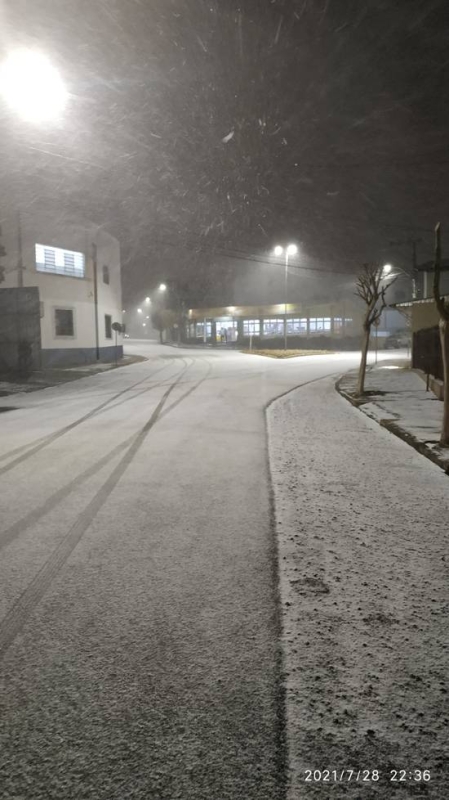EDITORIAL: UN help for justice
With the Maoists enjoying immense power and clout here, it will be difficult to push the transitional justice mechanism forward
ByPublished: 11:50 am Oct 04, 2021
Even 15 years after the decade-long Maoist insurgency came to an end, justice for the thousands of conflict victims remains just as elusive, with little signs of whether justice will ever be done to them. It is not that successive governments in Nepal have not shown commitment to the transitional justice process at international forums, but it has amounted to no more than paying lip service to the cause and successfully hoodwinking the international community.
Just last week, Nepal's new Foreign Minister Narayan Khadka had reiterated at the 76th session of the UN General Assembly that there would be no blanket amnesty for cases of serious violation of human rights, and that the justice process would be concluded through the Truth and Reconciliation Commission (TRC) and the Commission of Investigation on Enforced Disappeared Persons (CIEDP). However, he was merely parroting what the former Foreign Minister Pradeep Gyawali had said two years ago at the 40th session of the Human Rights Council.
Serious concern has been shown by the international community, including the UN special rapporteurs last year, over the slow progress being made in the transitional justice mechanism. On November 21, 2006, a Comprehensive Peace Accord (CPA), reached between the government and the then rebels, the CPN-Maoist, brought an end to the conflict.
As per the CPA, both sides had agreed to resolve the cases of gross human rights violations within six months of the signing of the accord by forming a commission. However, it took almost eight years to form the Act on the TRC and CIEDP – TRC Act, 2014 – that too, with a limited mandate, largely with the motive of reconciliation and providing leniency to the rights violators.
The Truth and Reconciliation Commission and Commission on Investigation of Disappeared Persons, both established in February 2015 under the TRC Act, have done nothing more than register 63,000 cases of rights violations that took place from 1996 to 2006. The non-execution of transitional justice as per international norms and the Supreme Court verdict of February 2015 has only traumatised the conflict victims. The government has so far refused to amend the TRC Act 2014 as ordered by the Supreme Court to ensure that no amnesty is granted to perpetrators of gross violations of human rights.
The entire peace process will remain incomplete unless the victims get justice, reparation and fair treatment. With the then rebels, the Maoists, enjoying immense power and clout in the country, whether in the government – as it is now – or outside, it is going to be difficult to push the transitional justice mechanism forward according to international prescribed norms. It is unlikely that the government will relent unless there is pressure from the international community. That is why 48 organisations representing the conflict victims have written to the UN Secretary-General to use his influence to give momentum to the stalled transitional justice mechanism. The 48 organisations too must be proactive in pushing the cause forward. Their conventional approach to taking up the issue is one of the reasons for the stalled transitional justice mechanism.
COVID cases drop
With the government immunising at least 30 per cent of the eligible population against the coronavirus, new COVID cases has now dropped to less than 700 across the country in the last 24 hours. It is a good sign that COVID infections are declining with each passing day. The Kathmandu Valley, which had recorded the largest number of COVID infections since it was detected in the country in early 2020, has just 255 cases now, which is one of the lowest in the past several months. The gap between COVID infection and recovery from it has also come down from a whopping 47,000 to 17,600.
However, the possibility of its sudden surge cannot be ruled out due to the fast approaching Dashain festival, during which tens of thousands of people travel by road or air to meet their family members. Although most of the eligible people have taken the first or second dose of the vaccine, it can still re-surface unless the people themselves take extra precaution while travelling by bus or plane. Keeping in mind the festival season, the law-enforcing agencies must ensure that each and every passenger wears a facemask and the bus operators also do not carry more passengers than the seating capacity of the vehicle.
A version of this article appears in the print on October 4, 2021, of The Himalayan Times.



